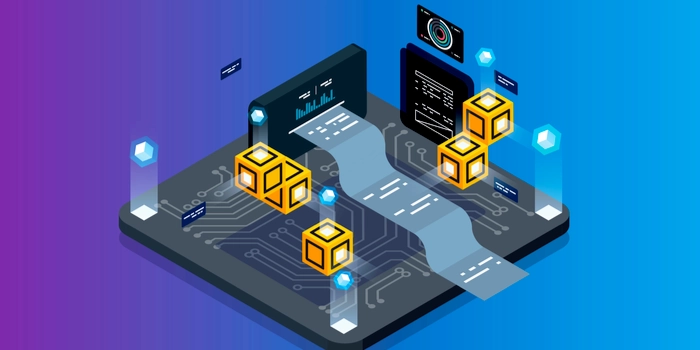For many companies, the great technical development in 2020 was the move from on-premises to remote working models, and finding the right tools to support this level of distribution. But what about manufacturing companies - whose office environment may very well incorporate satellite locations, a dynamic supply chain, and the factory floor. No doubt the measure of progress has been markedly different.
Here's How Manufacturers Take Information and Operational Technology for the Betterment of Their Bottom Lines Through Big Data:
How Do Manufacturing Firms Use Big Data?
To get a better sense of big data's role in this, consider general trends in tech. Over the past few years, the cost of IoT devices has decreased, mobile devices have increased, cloud platforms continue to scale up, and Machine Learning and Artificial Intelligence are becoming more available and user friendly:
- Gartner estimates that 90% of supply chain fulfillment will be cloud-based by 2021; 65% of companies view this as a competitive market advantage.
- The value of AI is expected to grow to $3.9 trillion by 2022, with a 70% increase in AI-based demands and services.
- According to Capegemini, smart factories are estimated to reach $344 billion in value by 2023 - in the automotive industry alone.
It becomes clear why big data is so central to success in this area. Cloud-based data solutions transform businesses in three key ways: connection, prediction, and execution. By leveraging connect cloud solutions, manufacturers have an end-to-end view of their business processes. They can use predictive tools via IoT and Machine Learning, then make choices through algorithmic decision making. One of the most effective tools for organizing and analyzing this data is Power BI. Power BI is a suite of business analytics tools that simplify data prep, drive ad hoc analysis, and connect to hundreds of data sources. Here are some practical applications for manufacturers:
-
Supply Chain Optimization
- Intelligent business applications can help you: deliver the right products and services where and when they’re needed, achieve a balance between desired customer service level and budget requirements, and enable tighter upstream and downstream collaboration across increasingly complex value chains.
-
Predictive Dashboards
- Provide employees with near-real-time visibility into performance. Intuitive, visual dashboards ensure timely detection of anomalies for improved utilization, reduced waste, targeted cost savings, and improved quality.
-
Demand Forecasting
- Combine internal data with external factors such as weather patterns, consumer spending, population trends for growth and location, what’s popular on social media and search engines, and more.
-
Predictive Maintenance
- Analyze streaming data from sensors and devices to predict equipment failures and avoid costly repairs. Go beyond monitoring assets and catch potential issues before they turn into problems.
Though the applications vary, the benefits are consistent: reduce costs, increase efficiency, and optimize production. A McKinsey study found that AI-enhanced predictive maintenance of industrial equipment can generate a 10% reduction in annual maintenance costs, up to a 20% downtime reduction and a 25% reduction in inspection costs. By improving the overall availability and useful life of equipment, manufacturers are improving output and decreasing the time to market. The remote delivery of data also lends well to the increasingly diffuse workforce of 2020. For more information about leveraging Power BI, or predictive analytics tools, reach out to iCorps for a free consultation.





